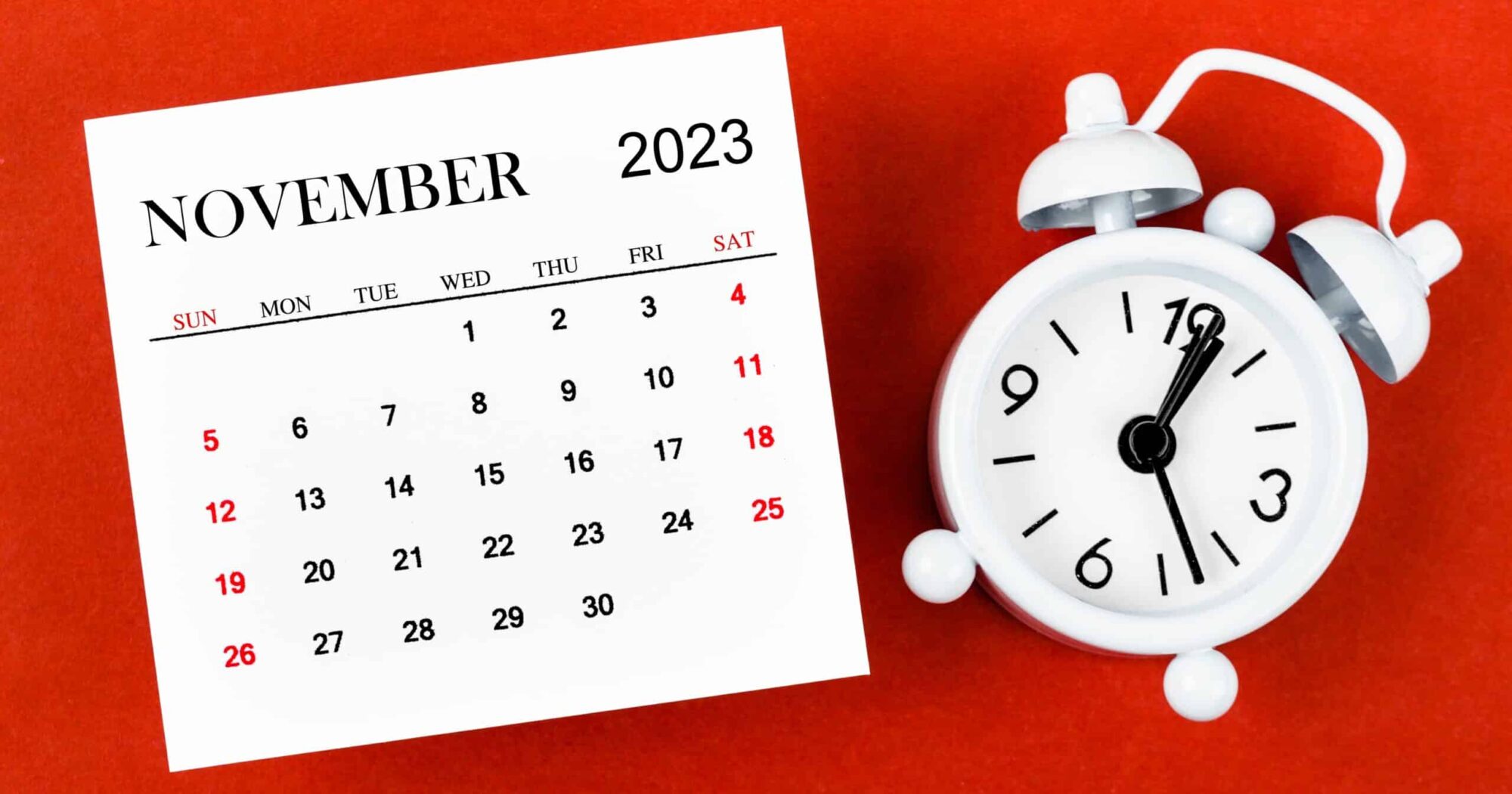Thought Leadership
Marketing & Development Working Together for End-Of-Year Success

Combining forces within Situation Group, Situation’s Arts & Culture expert Meghan Goria and Town Hall’s Managing Director Katryn Geane Crawford sat down with Managing Partner Jordan Person to contrast and compare arts and culture institutions with mission-driven nonprofits and discuss end of year giving.
Jordan Person: I am genuinely so excited about this conversation. We often talk about this overlap between our Arts & Culture clients and our mission-driven nonprofits and the challenges that they share. There are no two better suited for this conversation than Situation’s Arts & Culture Expert Meghan Goria and Town Hall’s Managing Director Katryn Geane Crawford.
Katryn, your career started in nonprofit arts and since then you’ve worked with mission-driven organizations, nonprofits, and NGOs who were doing some amazingly sophisticated digital fundraising. How does end-of-year look or feel different in a mission-driven nonprofit than in an arts and cultural institution?
Katryn Geane Crawford: The main difference that I experienced was marketing being directly involved with fundraising. The marketing and development teams are driving towards combined revenue goals, whereas in an arts nonprofit, the marketing team is selling a product (in my experience, tickets) and the development team is fundraising. So I think that’s where the difference might come into play–that the teams are sort of doing something different all year long versus doing the same thing all year long.
Meghan Goria: Yes, one thousand percent. One of the challenges that we come up against in the Arts & Culture space are the silos. Marketing teams often have individual goals set for ticket sales, or admission sales in the case of museums, whereas development has membership or fundraising goals. Having different objectives creates a kind of competition between marketing and development.
Jordan: Our work often centers on collaborations with in-house marketing teams who are working with development teams. How can these teams better collaborate?
Meghan: There is a lot more information sharing that could happen so that when we get to end-of-year, everyone is set up for success and able to take advantage of the learnings that we’ve gathered over the course of the entire season. There’s also a lot that the marketing team can learn from development, because they’re often having in-person conversations with donors and building relationships that can be useful for communication strategy.
Part of my role when meeting with the development team prior to end-of-year fundraising is to do a lot of education about new platforms and new functionality, for example, new ways to use first-party data and AI. My hope is that we can get to a point where we develop a multi-tiered strategy that hits both marketing and development’s needs throughout the entire year. That would set us up for success at end-of-year, so that we’re not starting from scratch every November.
Katryn: Marketing and development leaders should think about how each team is engaging with “their” segments and how those engagements feed into a holistic marketing and communications plan.
We’re not talking about completely different people; the same person who buys a ticket may give a donation, and vice versa. It’s important to build that relationship through many touch points (“owned” by different teams) all year long, so that when you ask for a donation–in as personalized a way as possible–audiences are primed to respond.
One evolution that we’re paying close attention to right now is that so many CRMs are now integrating a lot more AI capabilities that can feed individuals content based on what you know about their preferences and how they interact with the organization. So if you’re keeping that data separate in “marketing leads” and “development leads” and not allowing for fluidity between those groups, you’re cutting off your nose to spite your face. Part of the answer is data literacy and access to data across teams.
Jordan: Do nonprofits as a whole have the most efficient organizational structure to accomplish this kind of holistic communications planning that you’re both talking about?
Katryn: I don’t think there is one answer to this question. Your structure needs to allow for evolution and responsiveness.
Meghan: I agree. To me it doesn’t matter if you have a development team and a membership team and a marketing team, or if they’re all one group of people trying to raise money for the institution–as long as they are all talking to each other.
Katryn: Meghan, do you think that “silo-ing” is inherent in the different skill sets required of each team? Selling tickets or admissions versus raising money are dramatically different activities.
Meghan: I think you’re totally right. There are very different skills needed to sell a ticket than to raise money for an education program or an arts institution. But if development does their job well, that’s more potential ticket buyers for marketing. If marketing does their job well, that is more potential donors for development. We all need each other to succeed.
Jordan: What is the connection between data literacy, seeing the institution’s holistic communications universe, and seeing audience members or donors as whole people who evolve and change, and whose interests evolve and change?
Katryn: I think it’s two things. The first is access to data. You have to be collecting it responsibly and correctly. And that could take many forms, it could mean we’re actively soliciting email addresses, or that we’ve tagged every single event on our website, for example.
And then the second is helping team members understand why you’re collecting that data and how they can use that information. In your role, this is what the data means to you, and here’s how this data is related to your work, and here is how it connects to the institution’s communication and stewardship strategy.
Meghan, you’ve been talking with your clients about how first-party data is the best data you can have, because it means “I did something with your organization and I made a connection, and so you know something about me.” From the consumer’s perspective, they’ve given you access to something about them, and in addition to being responsible with that info, they expect their interactions to reflect what you know about them.
Jordan: Final question. What’s one piece of advice you would give to organizations making their end-of-year plans?
Katryn: Stick to the plan, but also be ready to throw out the plan. Be flexible enough to take advantage of what you see in real time.
Meghan: End-of-year for most arts institutions comes a couple of months after the start of the season, which means you have patrons attending your events and interacting with your staff. I’d recommend that marketers and fundraisers talk to anybody who has day-to-day interactions with your audience; box office, call center, ushers.
You want to find out how people are feeling about your organization now because it might be different from how they were feeling during your last end-of-year campaign and you want to respond to their needs. So check-in with everyone. Check-in with your audience before you go down a path that might not be in alignment with where they are this season.
Jordan: I love that because I think both of those answers share this idea that no one’s expected to have an answer. But we are expected to be actively listening to our audiences and acting based on their response. It’s also clear to me that there is a lot more to discuss here, and so I’m looking forward to continuing this conversation!
Join the conversation
To get the latest news, sign up for our bulletin.
